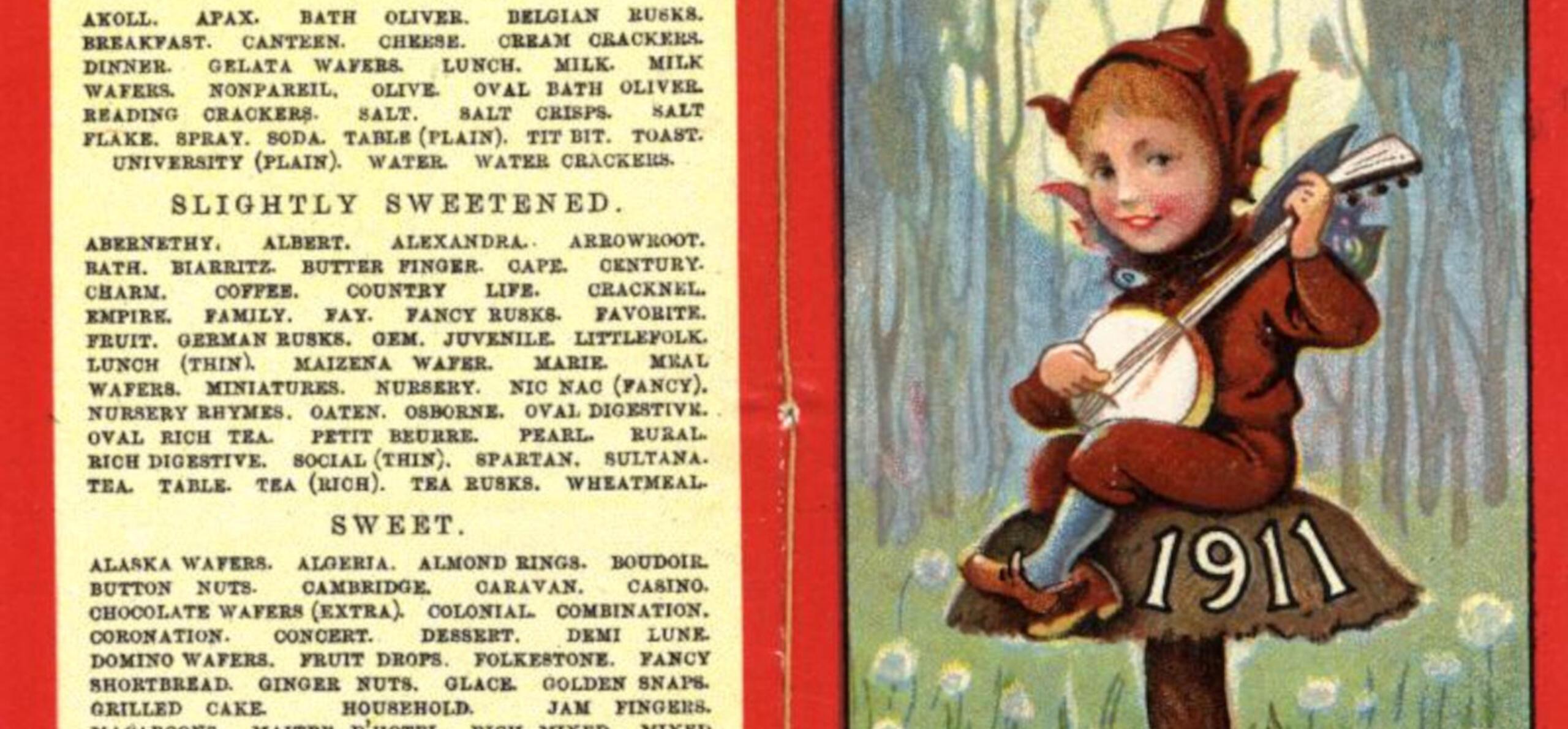From the 1880s, Huntley & Palmers included these miniature calendars in their tins as a promotional gift.
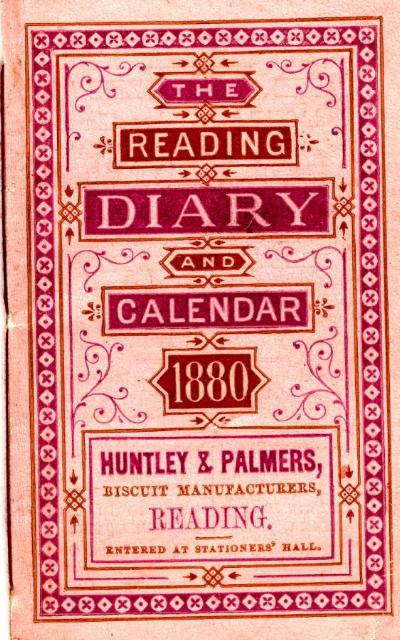
This miniature diary and calendar is one of the earliest that Huntley & Palmers produced as a promotional gift for its customers. (REDMG : 1997.82.48)
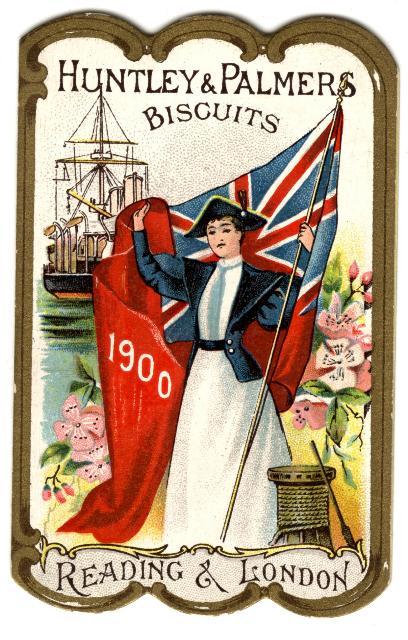
The image on the front of this calendar has strong connotations of the British Empire. The ship in the background illustrates the British dominance of the seas that was prevalent at this time. (REDMG : 1997.82.402)
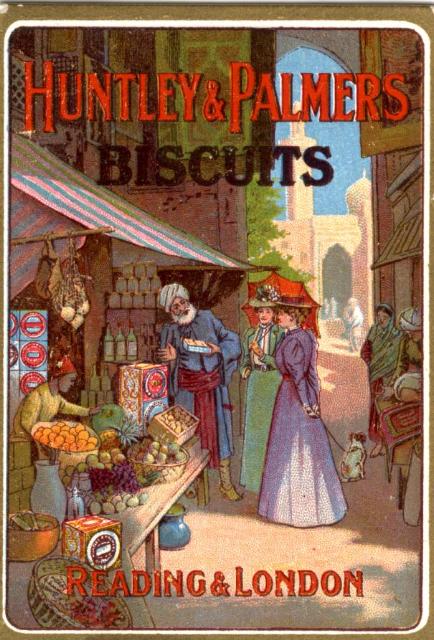
1902 pocket calendar. By 1906 India accounted for 10% of the company's export trade. Huntley & Palmers' agents had adverts in Indian street markets from the mid nineteenth century. (REDMG : 1982.102.14)
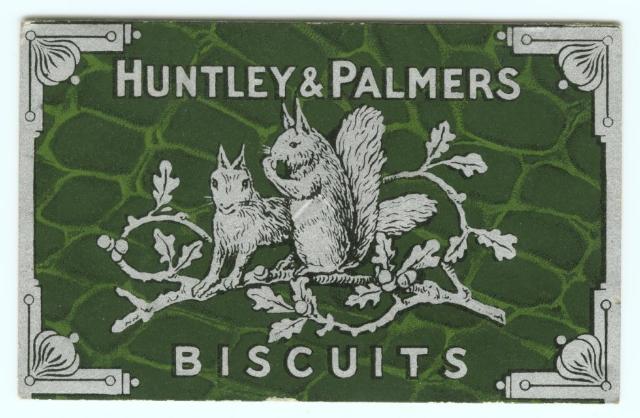
Huntley & Palmers 1905 Squirrels pocket calendar with postal rates (REDMG : 1997.82.436)
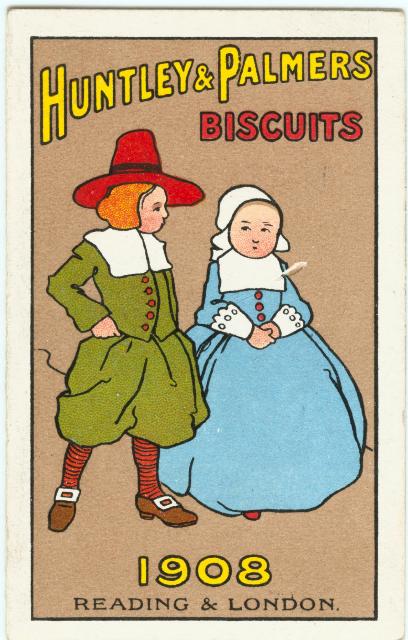
Pocket calendar 1908. The seventeenth-century costume of the Quaker couple on this card reflect Huntley & Palmers' Quaker origins. (REDMG : 1982.102.16)
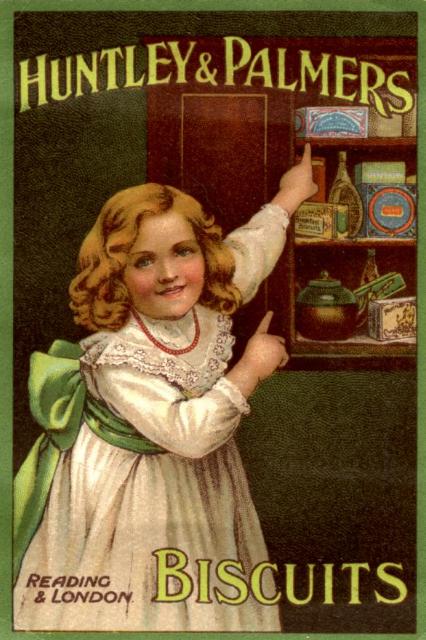
On this 1910 pocket calendar the young girl is pointing to a 'Factory Tin'; this was the most common type of Huntley & Palmers biscuit tin. It features a bird's-eye view of the Reading Biscuit factory on its paper label. (REDMG : 1997.82.345)
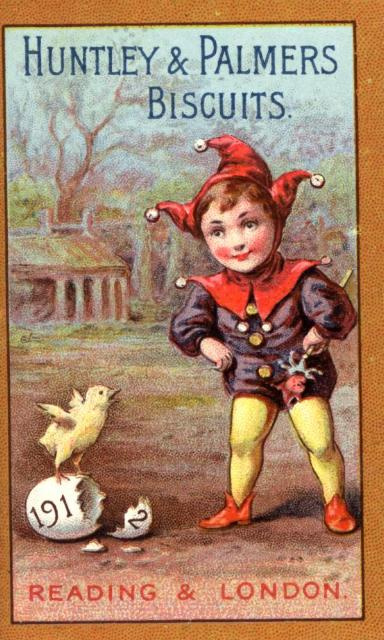
Pocket calendar 1912 - Pixie (REDMG : 1997.82.481)
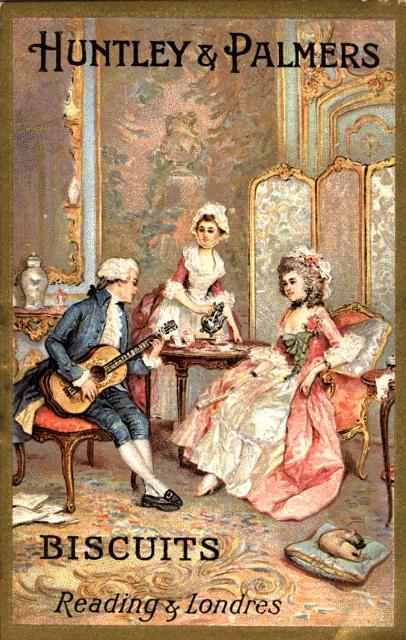
Pocket calendar 1913. Although popular in France by 1900, the company's exports were badly hit by World War I. By 1926 trade with France had declined to £14,500, mainly due to heavy customs tariffs and unfavourable exchange rates (REDMG : 1997.82.485)
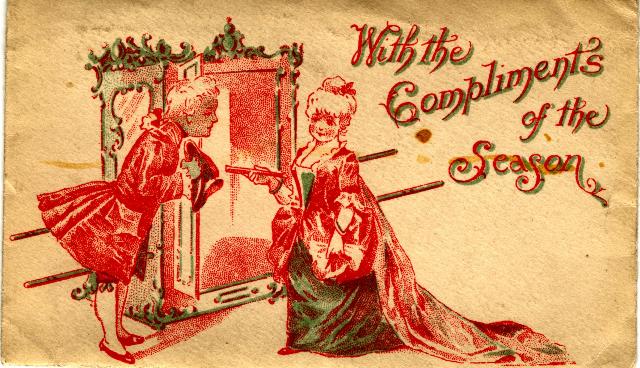
This 1910s envelope would have contained a small calendar as a Christmas gift to customers. The Christmas market was the main period for biscuit sales and every year Huntley & Palmers would produce new Christmas tin catalogues (REDMG : 1997.82.372)
While deliciousness was always assured, some biscuits grew more popular than others. Read on to explore Huntley & Palmers' most famous biscuits.
